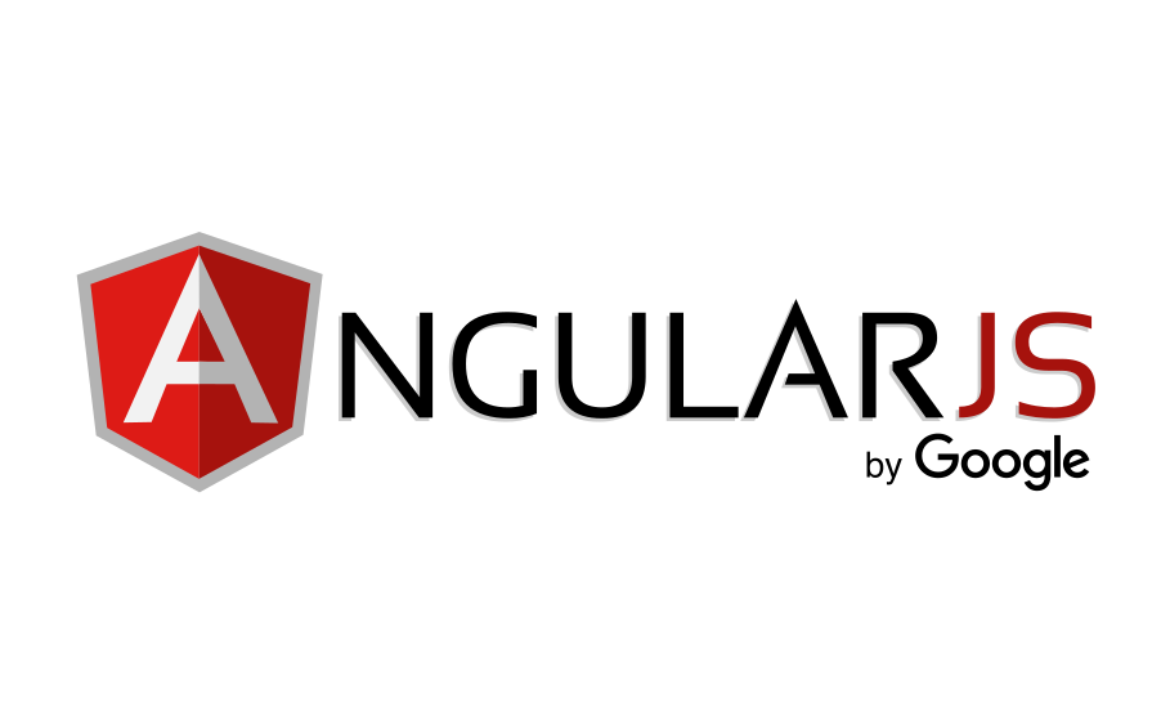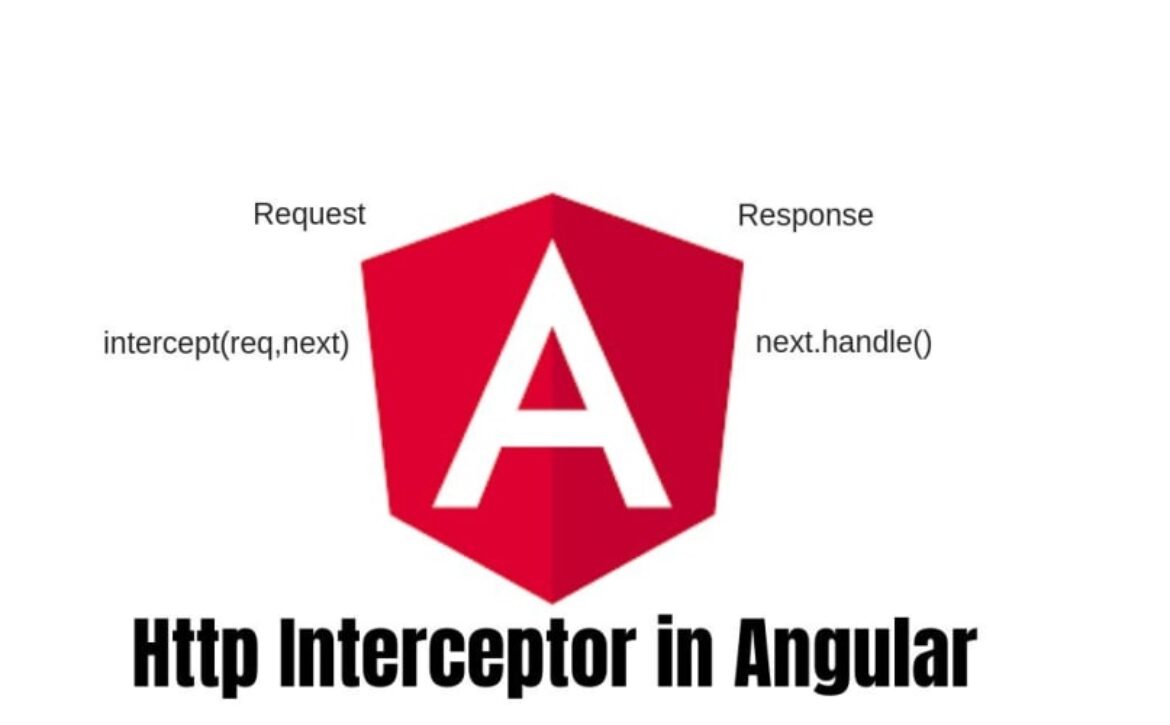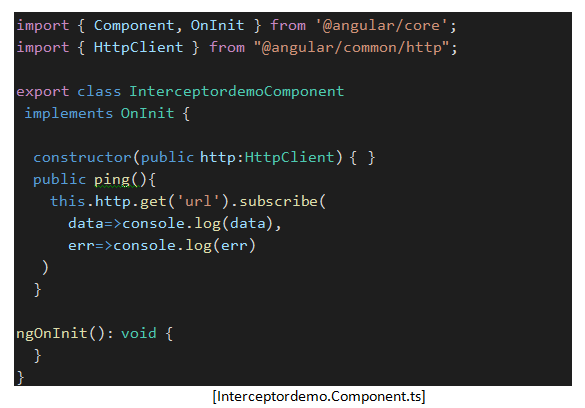The Top Ten Advantages of Using the Angular Framework in Your Project
What is angularJS framework?
It is an open-source framework that maintains through Google. It is a part of the JavaScript ecosystem for developing desktop and mobile app versions. It is a kind of Java superset. It practices the topics of the optional and the principal functionality, which is a perfect collection of the TypeScript libraries and even the resources they may support to import the apps. The architecture even relies on the essential Angular concepts.
In the angular programming language, there are elementary blocks, NgModules, which will deliver a compilation environment of the components. These are the modules that will gather code in the available set. It is an application that will always contain the root module that will empower the bootstrapping and even the classy, which has more modules of the feature and implementations modules.
Features of AngularJS framework
A developer will have the optimum use in a perfect modern platform that will render dynamic applications with high-quality performances and a zero-step installation approach. The software engineers will make desktop-dependent AngularJS apps for Linux and Windows with the help of OS APIs. It generates UI with the simple syntax of the authoritative template. The Angular CLI will start swiftly, add components and the tests, and even deploy the same.
Here are the top 10 benefits of angular framework of the project:
1. Automatic Synchronization with two-way data linking
The linking of two-way allows the data to become synchronized between the View and Model. When the data is corrected and changed, two aspects need constant updates. It occurs on a real-time basis, which saves the developer time and even the effort spent on the manual modifications.
Data binding and linking is a perfect approach to establishing links between the business logic and the user interface. When you make a perfect modification to the model, the appearance will automatically become refreshed. It is perfect for the developers who will work o firms that make real-time changes. It is because data binding is two-way, and the app will respond fast to changes in the browser and the UI. As a result, it is a characteristic that implies a fast response time and brings more natural growth.
2. Server communication in an optimized manner
Caching is simple that uses Angular, minimizes the extra stress on the CPUs, and creates static files. Plus, the framework will respond quickly to API calls. There are pages in the model of the document object that will generate the user action in the Angular application. It delivers a perfect user experience quickly that will eliminate the clients’ need so one can wait for the app to get the complete integration.
3. Use POJO Model to exclude external dependencies.
POJO Framework, i.e., Plain Old JavaScript Objects, is the one that the Angular framework implements to keep the code structure flexible and accessible. It never allows us to add complex functions or even the perfect procedures of the applications. It even removes all the complex functions and procedures of the applications. It even removes the 3rd-party plugin and framework requirement. POJO needs less code, and Angular apps will load quickly to provide excellent user and availability. Even the paradigm permit will keep the script clean and result in a goal-oriented framework.
4. Angular testing is an important aspect.
AngularJS conducts testing as the main component of AngularJS Development Services. The JavaScript code in Angular will submit as a test series because it is perfect for testing and one needs to start from scratch to test all the aspects simultaneously. With the help of Angular dependency injection, it manages all the contexts and the controllers. The Angular functionality of the unit test will force the dependency injection and even inject dummy and mock data into the perfect controller during the testing time.
5. Modern Angular interface
The guidelines of Google Material Design will comply with Angular Materials, including navigation components, indicators, layout, and data tables that already have the best setup. It is a framework that will provide the best user experience and offer the most reliable benefits in the Angular form. With the modern interface, one will get the maximum benefit to operate and make it a perfect use; hence, you will get the best impact to operate the framework better.
6. Single-page and angular applications
The single-page application has efficient functioning based on the two aspects. One comes when there is a page loading, and it even obtains the need for JavaScript, HTML, and CSS codes simultaneously. The second feature will retrieve when there is a perfect applicable option based on user activities and behavior. There will be no refresh of the page while the users browse the app, and it needs dynamic connectivity with the servers. Angular can handle the complexity with perfect ease, and if the concept revolves in and around the innovative single-page application, then Angular becomes the perfect choice.
7. Robust Ecosystem and code integrity
The CLI tool Angular will enable the developers to create a simple project, run tests and even add new features to a perfect specific project while one maintains the entire team and the update. The style guide of Angular will become regular praise of the developers. It improves team communication and even reduces the miscommunication possibility with the framework of the broad ecosystem in which one supplies to the developer community and the dependency injection capability with other assets.
8. MMVC Architecture with unifying Independent Components
Angular prefers to use the MVC structure that developers love to use. It helps in the establishment of communication in distant services. Now, JSON strings will return as the responses. One can build the services where you will get complete control over the analysis of data and even the URL routing. The architectural and business logic will remain distinct and include many benefits. The framework will isolate the business logic from the UI components. The developers have the assurance to create a clean user interface, and there is perfect streamlined logic. The controller starts the communication fast in the view and model part. As a result, data display will be quick.
9. Improve productivity
Excellent code seeking with debugging in Ivy renderer and a pleasant app experience. It even improves the perfect accessibility and provides a positive example of reducing the file size to keep the framework a perfect feature-rich platform. It is not in the final form when there is an announcement at the NG-CONF 2018, but there is Angular 8 that gives the best and perfect one for you. After the release of Angular 9, there will be a complete revelation of the Angular platform.
10. Active community with free data
The angular framework is popular among all the developers, and even engineers love them because of its different benefits. If an individual wants to get more of Angular, there will be incredible resources to study materials, FAQs, reference articles, and many more. It will make life simple for the developers so they can feel the best use of the framework in a better way.
Hire the service provider
After knowing all the ten benefits of this framework, it is time to understand that you can hire a developer from AngularJS Development Company and build the application in this framework. A talented developer team knows the framework’s requirements, which will give you a better direction to understand what you need, and you can get the best benefit from the framework. It will solve your need to use the framework to establish your online business and make it a mark in the online world.
Conclusion
Angular emerges as the accessible right item, including the innumerable characteristics which will assist the developers in accomplishing the best in web and mobile angular application development. You can easily access the information that will enhance the information for better with simple testing and ease of maintaining Angular infrastructure. On the other hand, it is massive with the readily available attributes that will make the project expansion straightforward and offers a strong match to scale up the enterprise apps.
For developers, it is the perfect framework to build the application for the next generation to accept the technology and mainly offer functional advantages. There is always an establishment of Angular advantages to perform the market leader in the angular web app and even develop a framework with preferred choice for many enterprises. One can hire an Angular developer for the well-known work.





















